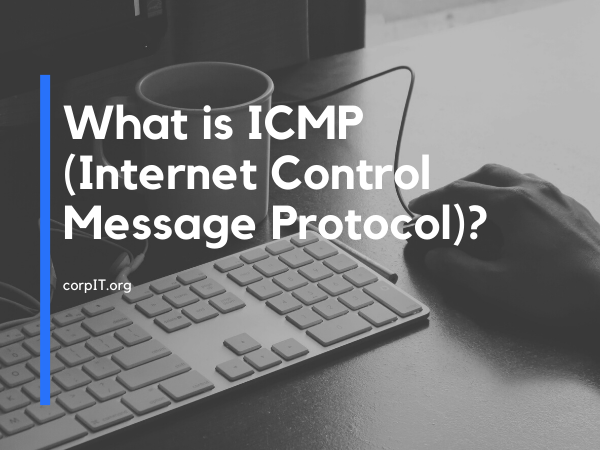Today’s article will Talk about the ICMP. How do we use the ICMP packet in networking and some famous Linux utilities that depend upon the ICMP?
Table of Contents
What is the ICMP?
ICMP is known as Internet Control Message Protocol. It is also known as an error reporting protocol. So whenever a packet drops the network device will generate the ICMP packet to the previous device stating that the packet dropped. In response to the ICMP packet Network device send a new packet. It is not a protocol that transfer protocol that sends data between systems, That’s only used for error reporting. It is not used in the end-user application. It is usually used in network administration for network troubleshooting.
What is ICMP used for?
It is used to communicate the error information. ICMP messages can be triggered due to several scenarios. Like If a device sends a message to a larger network and if some device or recipient drops the message then it sends an ICMP message back to the source.
Also if we communicate in a large network and network find out a shorter route to reach the destination then the drop that packet and as a result it sends an ICMP packet back to the source.
ICMP in network diagnostics?
As ICMP is mostly used in network administration there is 2 popular Linux utility that uses ICMP to diagnose network.
- Traceroute – It will check all the devices that are present between two devices also known as hop. If some network device is not up then it will send a message to the source.
- Ping – Ping is the most command that is used by the network administrator to check whether a server is up or not. It will send a packet to the target if it drops the packet then it will send a message back to the source in form of ICMP. That defines a server as not up.










[…] The whole process will complete in a fraction of a millisecond. So NAT is having a pool of private IPs at some point all the Ip are assigned and a new device is added to the network it will drop the request and send an ICMP packet. […]